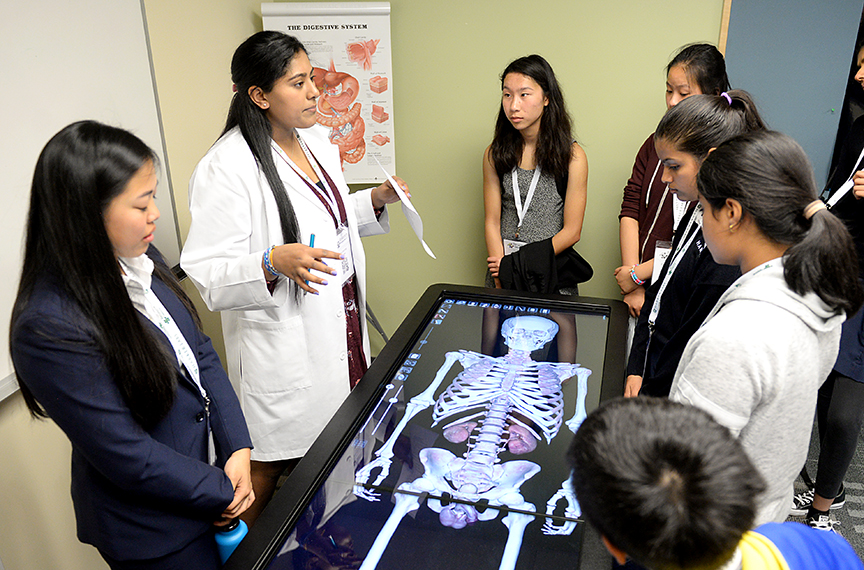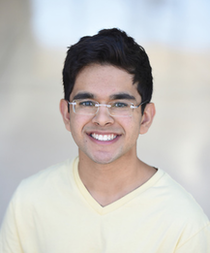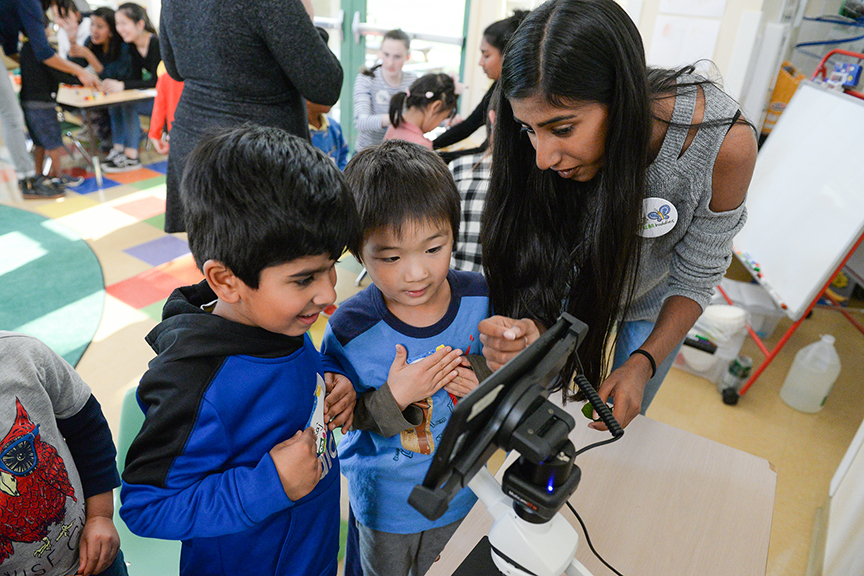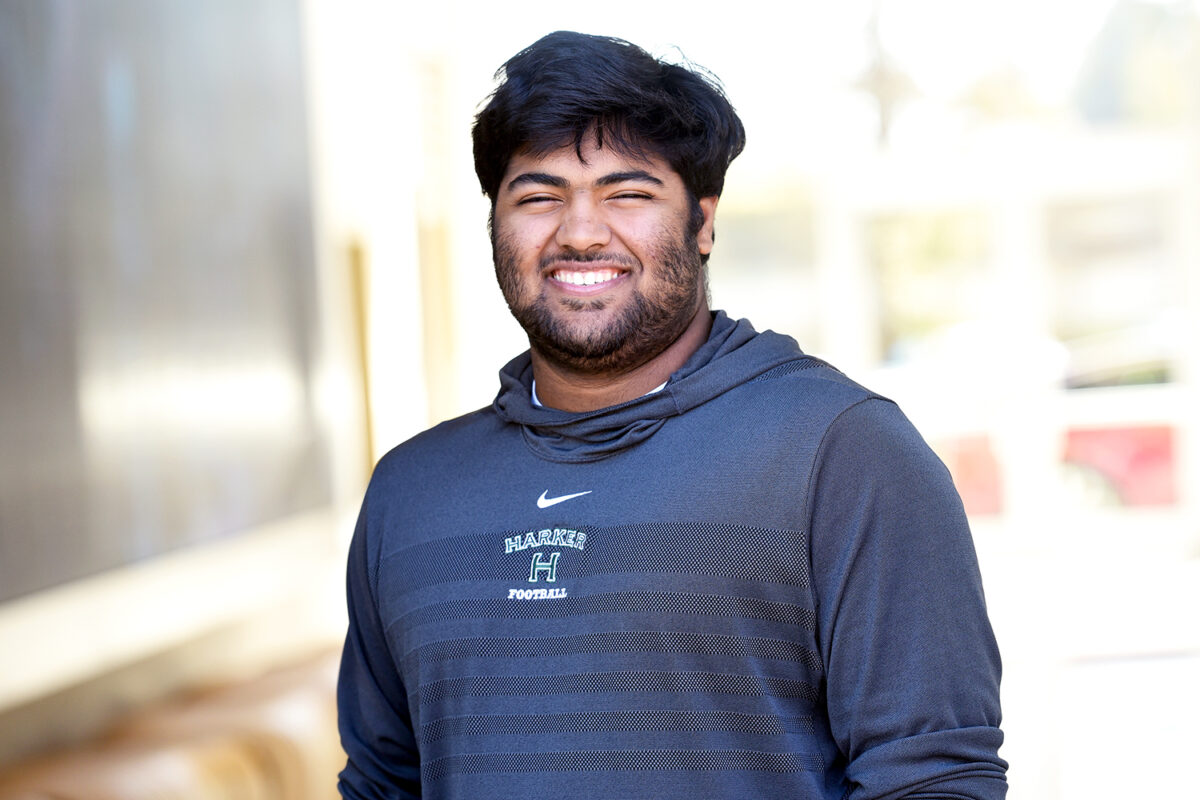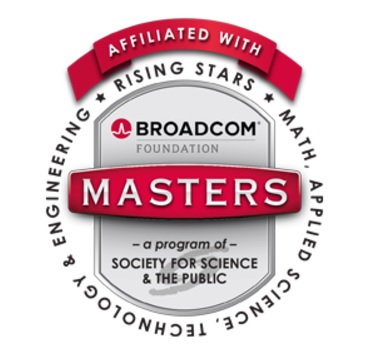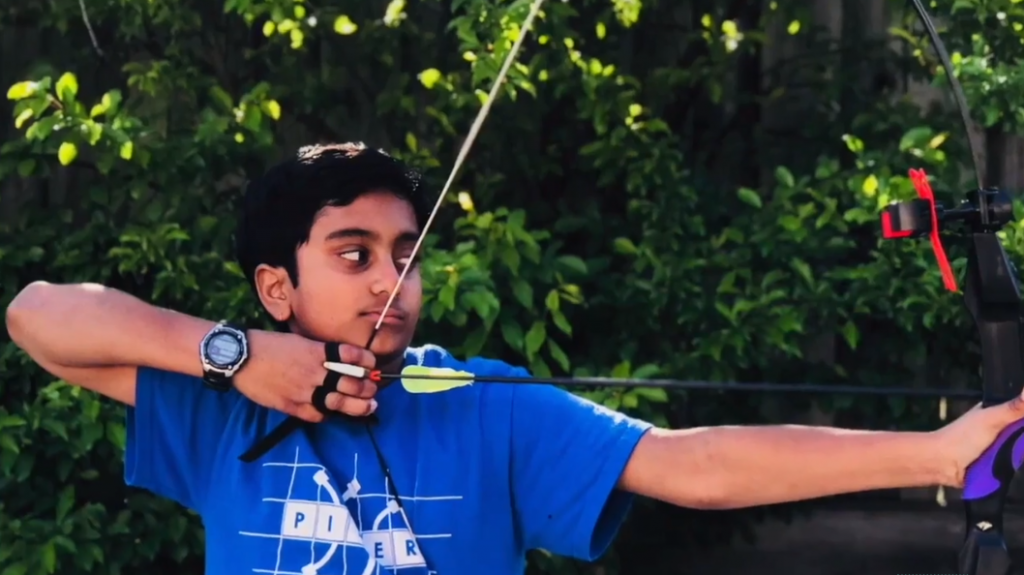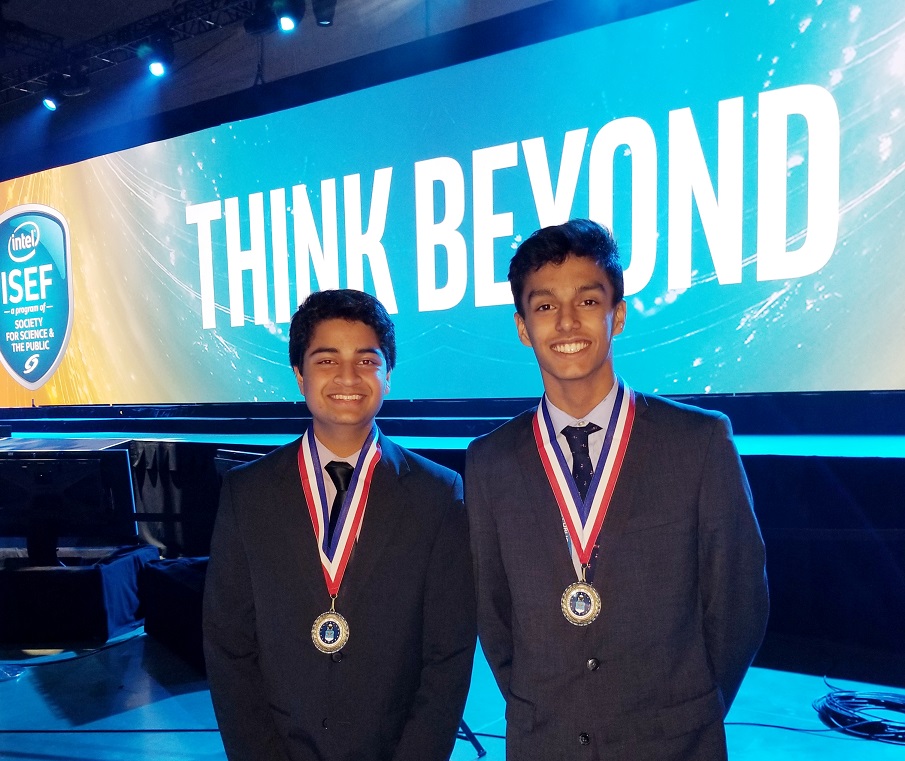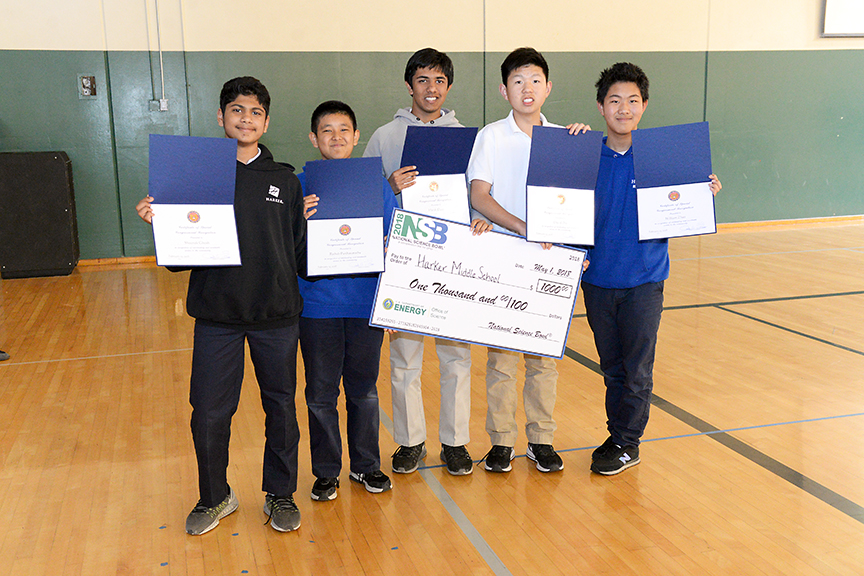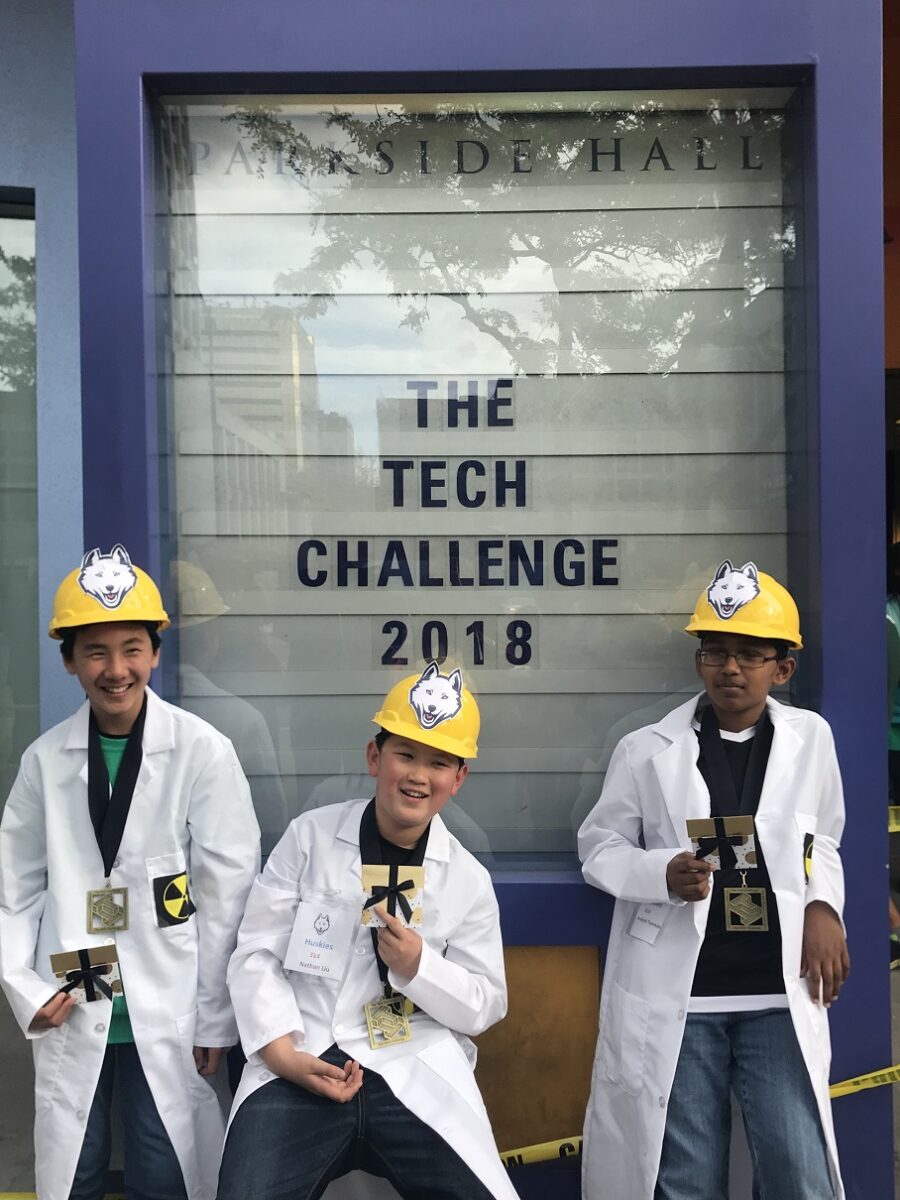In mid-May, junior Allison Jia was named one of two winners of the Intel Foundation Scientist Award at the Intel International Science and Engineering Fair.
Science
Harker Research Symposium attracts 800 science enthusiasts
In one of its best-attended years to date, the Harker Research Symposium attracted about 800 visitors from across the Harker community to recognize the school’s dedication to the sciences and encourage sustainable lifestyles and policies.
Student’s research into allergies leads to founding of company
Over the summer, senior Ayush Alag received a $10,000 grant from genetic research company Illumina to continue his research into food allergies, which led to the creation of his own company, Allergezy.
WiSTEM Club brings science to Harker Preschool
Over a score of upper school girls from the Women in Science, Technology, Engineering and Mathematics club (WiSTEM) traveled to Harker Preschool to do some science with the littlest Harker students.
Senior accepted into New York Academy of Sciences Junior Academy
The New York Academy of Sciences accepted senior Ayush Vyas into the NYAS Junior Academy
[UPDATED] Two Harker students named to top 30 in Broadcom MASTERS competition
Five Harker students were recently named to the Top 300 in this year’s Broadcom MASTERS competition.
MS student named finalist in Young Scientist Challenge
Three juniors pick up awards at Intel International Science and Engineering Fair
MS Science Bowl finalists receive commendations from Congresswoman Eshoo
Harker teams earn recognition at 2018 Tech Challenge
Over the weekend, four Harker teams from lower and middle school were award winners in the 2018 Tech Challenge Showcase, held at the Tech Museum in San Jose.

